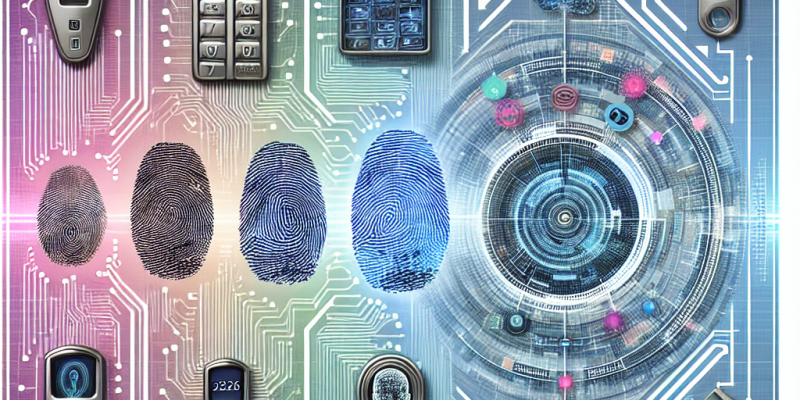The Evolution of MFA: What Users Can Expect in 2025

The Evolution of MFA: What Users Can Expect in 2025
As we move into 2025, the landscape of digital security continues to evolve, particularly in the realm of Multi-Factor Authentication (MFA). With increasing cyber threats and data breaches, organizations are prioritizing user security more than ever. Here’s a look at what users can expect from MFA in 2025.
1. Enhanced User Experience
MFA has often faced criticism for being cumbersome. However, by 2025, expect a more seamless experience. Innovations in user interface design and authentication methods aim to make MFA as easy as possible. Biometric options, such as facial recognition and fingerprint scanning, will be more widely integrated, allowing users to authenticate quickly and securely without complicated passwords or multiple steps.
2. Contextual and Adaptive MFA
In 2025, MFA will become smarter. Contextual and adaptive authentication will analyze user behavior and location to determine the security level needed. For instance, if someone logs in from a recognized device and location, they may only need a single factor, like a password. However, if a login attempt is made from an unfamiliar location, additional verification steps will be triggered. This approach offers security without burdening users with unnecessary steps.
3. Passwordless Solutions
The push towards passwordless authentication is gaining momentum. By 2025, many organizations will adopt solutions that do not rely on traditional passwords. Instead, methods like FIDO2 and WebAuthn are paving the way for secure logins through biometrics, hardware tokens, or smartphone apps. This shift will greatly reduce the risks associated with password theft and recycling.
4. Integration with Artificial Intelligence
Artificial Intelligence (AI) will play a significant role in shaping MFA by 2025. AI can analyze user patterns and detect anomalies in real-time. If unusual activity is detected, such as a login attempt from a different country, the system can automatically enforce stricter verification steps. This proactive approach will help move towards a more secure digital environment.
5. Increased Privacy Controls
With user privacy becoming a priority, MFA solutions will offer greater transparency and control over how user data is used. Users can expect enhanced privacy settings and clearer options to manage their security, ensuring that their information is only shared in necessary situations. Organizations will need to comply with stricter regulations, leading to improved security without compromising user confidentiality.
6. Wider Adoption Across Different Sectors
By 2025, MFA will be not just a standard for tech companies but will extend to various sectors, including healthcare, finance, and education. As more industries recognize the importance of safeguarding sensitive data, MFA solutions will become crucial across all platforms. This wider adoption will help protect vulnerable information from unauthorized access.
Conclusion
The future of Multi-Factor Authentication is bright and promising. With advancements in technology, user experience, and security measures, MFA in 2025 is set to become more efficient and user-friendly. As we embrace these changes, users can expect a safer online environment, reducing the risks associated with digital threats. As we move forward, staying informed about these developments will be essential for both users and organizations alike.














